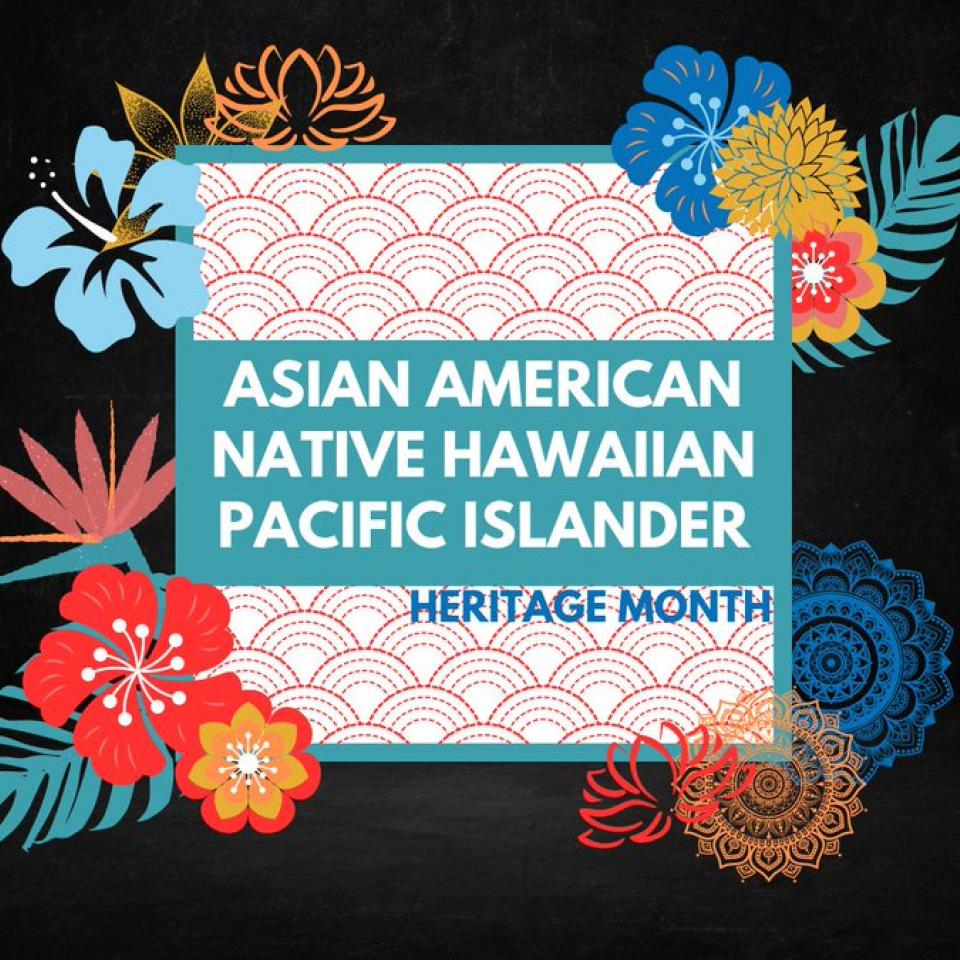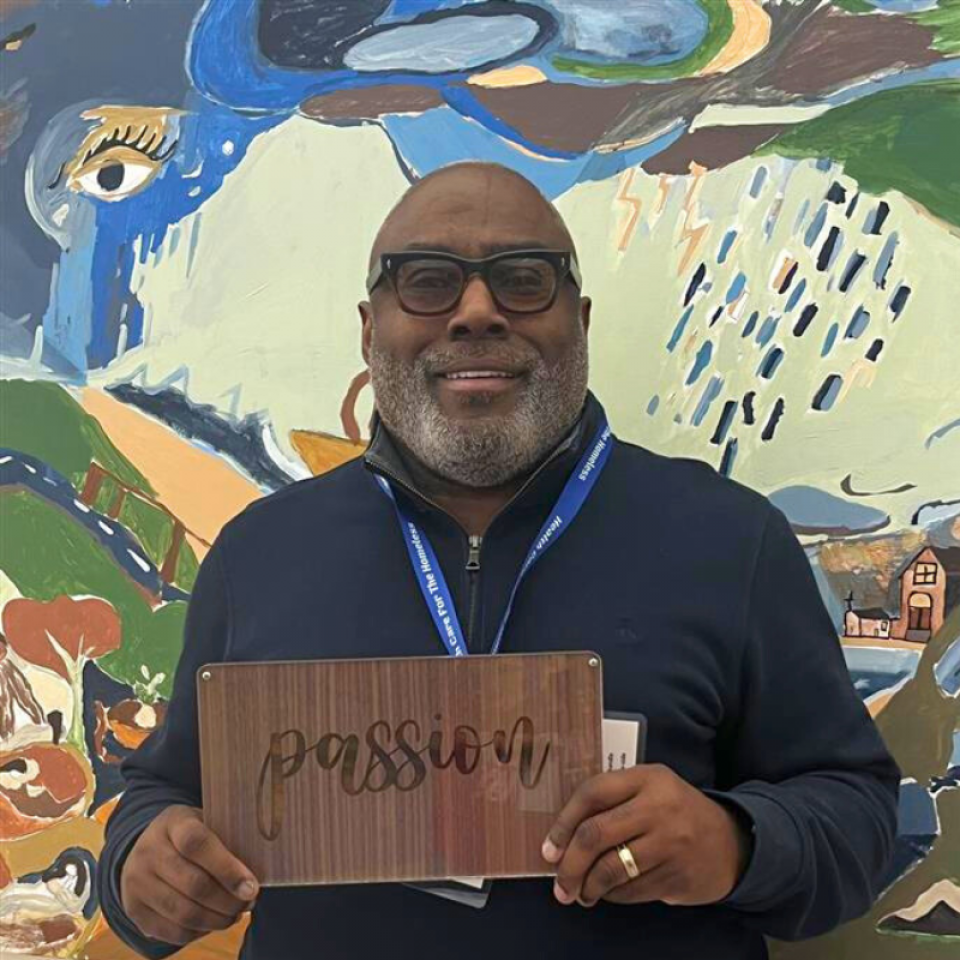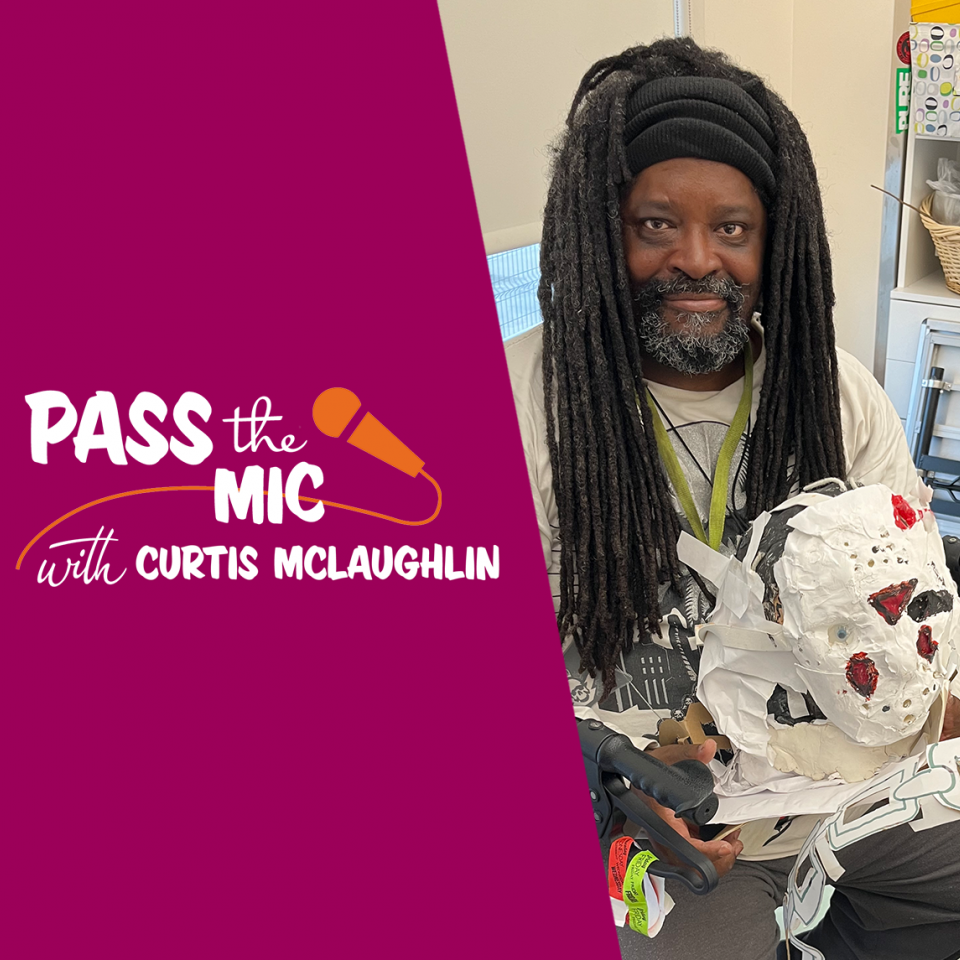May is Asian American, Pacific Islander, and Native Hawaiian Heritage Month, a time to celebrate and honor the diverse cultures, histories, and contributions of these communities.

09.05.17
On August 31, we participated in a city-wide push to prevent overdose deaths through naloxone trainings. Alongside community partners and the Baltimore City Health Department—who gave out free naloxone to Overdose Response Programs all over Baltimore—our outreach team was able to train and provide naloxone to 150 people!
“This little thing can save a life—instantly,” said Outreach Worker Orlando Stevenson during a training at our downtown clinic to teach people how to use the tiny intranasal spray that also goes by the name Narcan.
Our medical providers and outreach workers are always looking for opportunities to train clients, and every Thursday we hold an 8 a.m. training in the lobby of our downtown clinic. We also plan to provide trainings during our weekly substance use recovery groups.
“But this day is special because we have the spray on site. We don’t usually have that,” Orlando said and gave everyone his or her own naloxone and a little pouch to put it in.
Naloxone is easily administered, available without prescription for only $1 at any pharmacy (for Health Care for the Homeless clients, it is free) and, most importantly, able to reverse the effects of an opiod overdose immediately. Many medical providers, including Health Care for the Homeless, train clients to use naloxone but can’t distribute it, which is usually left up to pharmacies to do.
“To have the doses makes all the difference in the world,” said Director of Community Services Katie League who was bouncing back and forth between Our Daily Bread and Weinberg Housing and Resource Center, equipped with naloxone and training materials. Outreach workers were also at St. Vincent de Paul Church and around the Shot Tower.
“We’ve found that only about 20 percent of individuals who are trained pick up naloxone from the pharmacy. But when you give them the medicine as you train them, they’re that much more equipped to help someone in need—and save a life” said Katie.
Overdose-related deaths have increased 190 percent since 2015. A leading cause has been fentanyl—a potent opioid laced into heroin and other drugs, usually without someone knowing and sometimes 100 times as strong.
For more information on naloxone and how to save a life, email Katie League.
More Recent News
Gregory Rogers is a Senior Community Health Worker (CHW) with years of experience in addiction counseling. A vital part of a client’s care team, CHWs work with clients to navigate care both in the clinic and out in the community. See how Greg spends his days!
An artist, gamer, and movie lover, Curtis McLaughlin has been part of the Health Care for the Homeless Art Group for more than five years. Get to know Curtis in the lasted edition of "Pass the Mic".
Client storytelling is a staple of the nonprofit business model, ever present in advocacy, clinic tours, fundraising—and news articles like the one you are reading right now.


